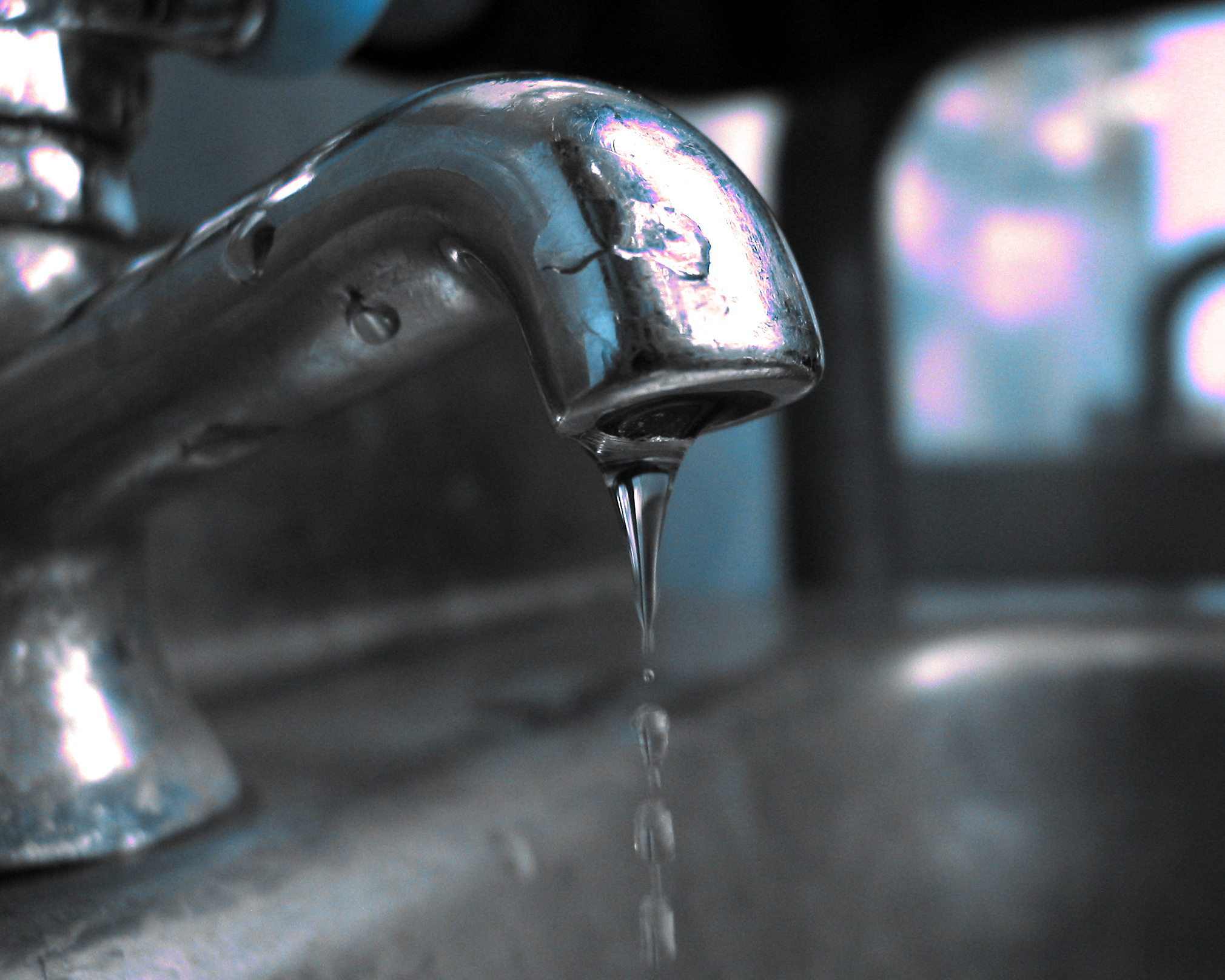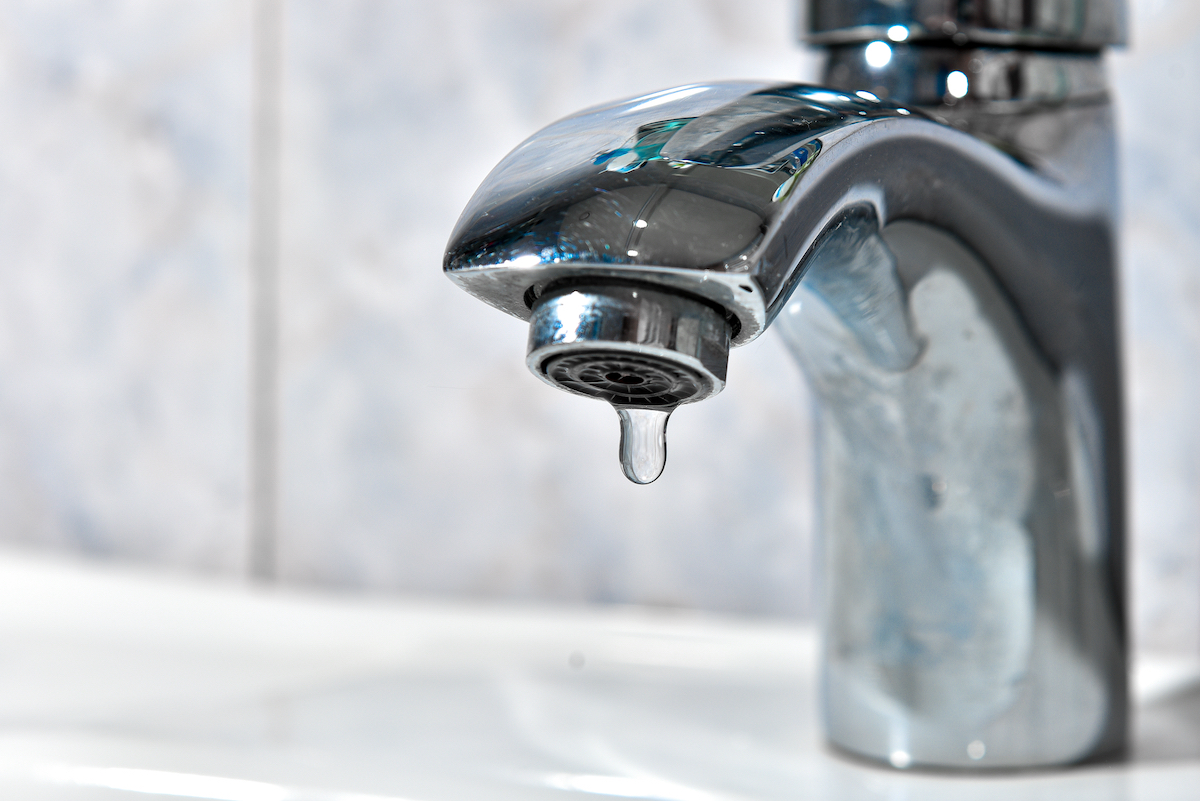Your Benefits of Correcting a Broken Faucet
Your Benefits of Correcting a Broken Faucet
Blog Article
What are your thoughts on Water Dripping from Faucet: Why and How to Fix?

Leaking faucets may appear like a small aggravation, yet their impact goes beyond simply the inconvenience of the noise. From drainage to sustaining unnecessary financial prices and health and wellness risks, ignoring a leaking faucet can cause numerous effects. In this post, we'll delve into why it's critical to resolve this typical house problem promptly and successfully.
Wastefulness of Water
Environmental Effect
Dripping faucets add substantially to water waste. According to the Environmental Protection Agency (EPA), a single faucet leaking at one drip per secondly can squander greater than 3,000 gallons of water annually. This not just strains water resources but likewise impacts ecosystems and wild animals depending on them.
Financial Prices
Boosted Water Expenses
Beyond the environmental influence, dripping taps can inflate water expenses substantially. The built up wastefulness in time converts right into greater energy expenditures, which might have been avoided with prompt repair services.
Prospective Building Damages
Moreover, long term dripping can bring about harm to components and surface areas bordering the faucet. Water build-up can cause staining, corrosion, and also architectural concerns if left unattended, causing additional repair expenses.
Wellness Worries
Mold And Mildew and Mold Growth
The continuous existence of moisture from a leaking faucet produces a perfect setting for mold and mildew and mold development. These fungi not only endanger interior air high quality yet also present health and wellness dangers, especially for people with respiratory system problems or allergies.
Waterborne Conditions
Stagnant water in dripping taps can become a breeding place for bacteria and various other microorganisms, boosting the risk of waterborne illness. Contaminants such as Legionella bacteria thrive in stagnant water, potentially resulting in major diseases when consumed or inhaled.
Do it yourself vs. Expert Repair work
Benefits and drawbacks of Do It Yourself Repair
While some may attempt to repair a dripping tap themselves, do it yourself fixings feature their very own set of obstacles. Without appropriate understanding and tools, DIY efforts can aggravate the concern or bring about insufficient repairs, lengthening the trouble.
Advantages of Employing an Expert Plumber
Employing a professional plumber makes certain that the underlying source of the trickling faucet is dealt with properly. Plumbers have the competence and devices to diagnose and fix faucet concerns effectively, conserving time and decreasing the threat of additional damage.
Step-by-Step Overview to Taking Care Of a Dripping Faucet
Tools Needed
Prior to trying to deal with a trickling tap, collect the essential devices, consisting of a flexible wrench, screwdrivers, substitute parts (such as washing machines or cartridges), and plumber's tape.
Common Tap Issues and Their Solutions
Determine the kind of faucet and the particular issue creating the drip. Common issues include damaged washers, corroded shutoff seats, or malfunctioning O-rings. Describe manufacturer instructions or on the internet tutorials for detailed advice on repair services.
Preventive Measures
Regular Upkeep Tips
To prevent trickling taps, carry out regular maintenance such as cleansing aerators, examining for leakages, and changing worn-out parts quickly. In addition, consider setting up water-saving tools or upgrading to extra efficient components.
Relevance of Prompt Repair Works
Resolving dripping taps as soon as they're noticed avoids further water wastefulness and potential damages, ultimately conserving both water and money in the future.
Influence On Residential Property Value
Perception of Well-Maintained Property
Maintaining a home in good condition, including dealing with upkeep problems like leaking faucets, improves its perceived value and desirability among possible customers or tenants.
Impact on Resale Worth
Features with well-maintained plumbing components, consisting of faucets, command greater resale values in the real estate market. Resolving leaking faucets can add to a positive perception during property examinations and negotiations.
Environmental Duty
Specific Contribution to Preservation
Taking duty for taking care of trickling taps aligns with more comprehensive initiatives towards water preservation and environmental sustainability. Every individual's activities jointly make a considerable influence on protecting precious sources.
Lasting Living Practices
By prioritizing prompt repair work and adopting water-saving behaviors, individuals add to lasting living practices that benefit both present and future generations.
Final thought
Addressing a dripping faucet exceeds mere benefit; it's an important action toward conserving water, lowering economic costs, and guarding health and residential property. Whether with do it yourself repairs or expert assistance, taking action to repair leaking faucets is a little yet impactful means to advertise liable stewardship of resources and add to a much healthier, a lot more sustainable future.
Why Are My Faucets Dripping (And Can I Fix it Myself)?
Causes of a Dripping or Leaking Faucet
Whether you’re hearing drops of water falling and hitting a sink, or noticing water ooze out from the base of the spout, you shouldn’t ignore a dripping or leaking faucet. And, the good news is, sometimes you can fix the problem yourself.
In this article, we’ll review a few common causes of dripping and leaky. We’ll also walk you through some basic ways to find the problem and handle it without calling anyone — and let you know when to call in a pro.
But, no matter what the cause, or whether you can handle it on your own, the sooner you address it, the better.
Each drip may be a tiny amount of water. But, they all add up quickly. According to the U.S. Geological Survey, one faucet losing one drop every 20 seconds — five a minute — wastes around a liter of water every day, and 173 gallons a year.
Add in more than one in your house, and it’s a lot of water to waste. So, we’ll help you get to the bottom of things quickly.
Four Reasons Your Faucet May Be Dripping
Aerator is Damaged or Unseated Valve Seat is Corroded O Ring is Loose or Worn Out Part of the Assembly is Loose Aerator is Damaged or Unseated
If you unscrew the end of your faucet, you’ll find the aerator. It’s the little stem piece with a screen on it that shuts off the water circulation.
If it’s damaged, or if it’s not sitting right, it will allow water to pass through.
Valve Seat is Corroded
Next is the valve seat, which is connected to the washer. If the washer wasn’t in place correctly, then it could have ground against the seat. Over time, this damages the valve seat.
The problem could also be corrosion: Over time, the part has worn out, and it’s now allowing water to pass through.
O Ring is Loose or Worn Out
Since the o ring is only a small rubber gasket, it’s a common reason why the faucet is dripping. You’ll find it at the base of the faucet, and it’s there to keep water from coming out where it’s not supposed to.
However, it’s common for the o ring to wear out over time. When it does, you’ll notice a drip.
Part of the Assembly is Loose
So far, we’ve looked at a few small, specific parts. But, the problem could be anywhere in the assembly if something’s out of place.
Even if a part isn’t damaged, over time, it may have become loose or dislodged. It could be the parts we mentioned, or the aerator at the tip of the faucet, the stem itself,
Can I Fix a Leaky Faucet Myself?
Depending on the problem, and how handy you are, there’s a chance you can fix a leaky faucet without calling a professional. But, you do run the risk of making the problem worse.
If it’s a small drip, you can certainly try a few troubleshooting tactics. We’ll walk you through them in a moment.
But, no matter what, your first step should be shutting off the water coming into the faucet. You should find a shutoff valve under the sink on the pipes leading to it. Turn each one clockwise until they close tightly.
Next, make sure you have the right tools for whatever you’re attempting. It’s tempting to make do with what you have. But, you need the right ones for a reason: You’re often dealing with small parts that can break if you handle them carelessly.
If you’re feeling confident, here are some places to start.
Items Near the Tip of the Faucet
A few of the parts we mentioned — particularly the valve seat and washer — are located at the tip of the faucet where the water comes out. They’re easy to access, making it a good place to start.
Check the O Ring
To check the o ring, you’ll need to take off the spout at the base. It’s easiest on kitchen sinks with long spouts, versus the smaller, bulkier base on most bathroom sinks.
Either way, this can be tricky, so do it carefully and don’t force anything. If it’s not coming right off, you’re much better off calling in a pro than possibly breaking something.
For a kitchen sink, there’s usually a nut or coupling assembly at the base of the spout. These often slide off easily without using any tools.
Once you’ve disassembled those parts, gently but forcefully twist off the spout.
Then, you can see the o rings. There should be two of the rubber gaskets on the base. If they look worn or damaged, replace them, and see if that solves the problem.

I hope you liked our excerpt about What Causes Leaky Faucets & How To Fix Them. Thanks a ton for taking the time to browse our posting. Sharing is good. Helping people is fun. Bless you for your time. Don't forget to come by our blog back soon.
Report this page